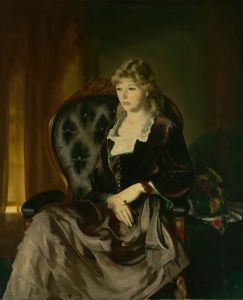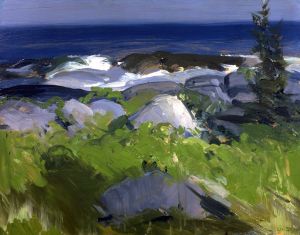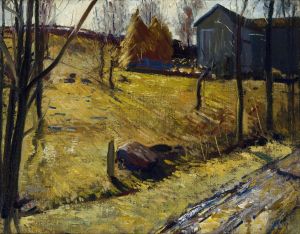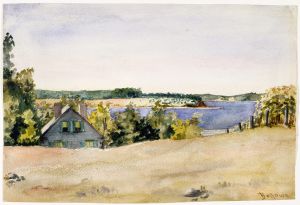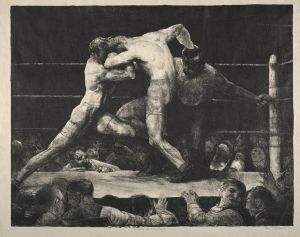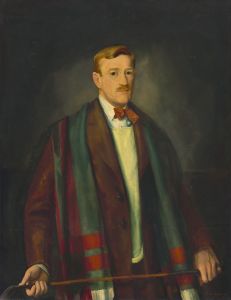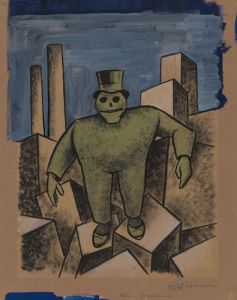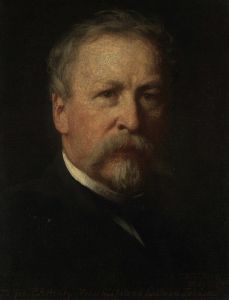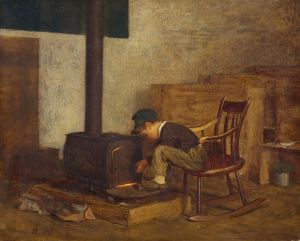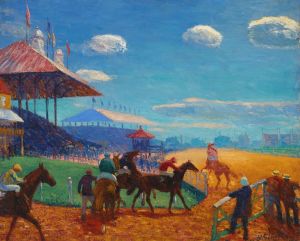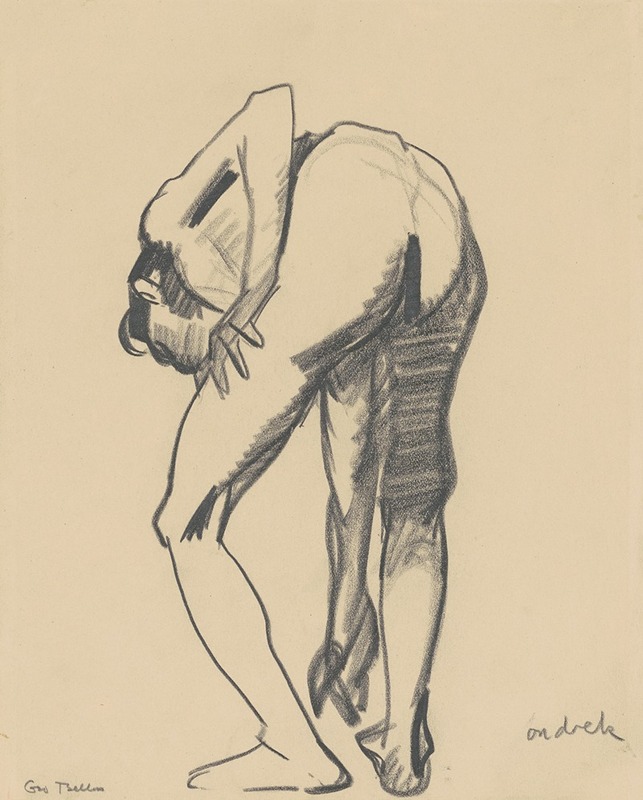
Study for ‘Riverfront No. 1’
A hand-painted replica of George Wesley Bellows’s masterpiece Study for ‘Riverfront No. 1’, meticulously crafted by professional artists to capture the true essence of the original. Each piece is created with museum-quality canvas and rare mineral pigments, carefully painted by experienced artists with delicate brushstrokes and rich, layered colors to perfectly recreate the texture of the original artwork. Unlike machine-printed reproductions, this hand-painted version brings the painting to life, infused with the artist’s emotions and skill in every stroke. Whether for personal collection or home decoration, it instantly elevates the artistic atmosphere of any space.
George Wesley Bellows (1882–1925) was an American realist painter known for his dynamic depictions of urban life and landscapes. One of his works, Study for ‘Riverfront No. 1’, is a preparatory study for a larger painting, showcasing Bellows' interest in capturing the raw energy and social realities of early 20th-century America.
This study, like many of Bellows' works, reflects his fascination with the bustling life along New York City's waterfronts. During this period, the riverfront was a hub of activity, populated by laborers, dockworkers, and children playing along the shoreline. Bellows often explored themes of urban vitality and the contrasts between industrial progress and human experience. His studies were instrumental in developing the compositions and tonal qualities of his final works.
Study for ‘Riverfront No. 1’ demonstrates Bellows' skill in using quick, expressive brushstrokes to convey movement and atmosphere. The study likely served as a preliminary exploration of the figures, light, and spatial relationships that would later be refined in the finished painting. Bellows frequently employed such studies to experiment with the arrangement of elements and to capture the immediacy of a scene before committing to a larger canvas.
The exact date of this study is not definitively documented, but it is consistent with Bellows' active period in the 1910s, when he produced many works focusing on urban and waterfront scenes. Bellows was associated with the Ashcan School, a group of artists who sought to depict the grittier, more realistic aspects of American life, in contrast to the idealized subjects often favored by academic painters of the time.
As with many of Bellows' preparatory works, Study for ‘Riverfront No. 1’ provides valuable insight into his artistic process and his ability to distill the essence of a scene. The study is notable for its economy of detail, relying on bold shapes and contrasts to evoke the energy and texture of the riverfront environment.
Today, Bellows is celebrated as one of the most important American artists of his era, and his works, including studies like this one, are held in high regard for their historical and artistic significance.







